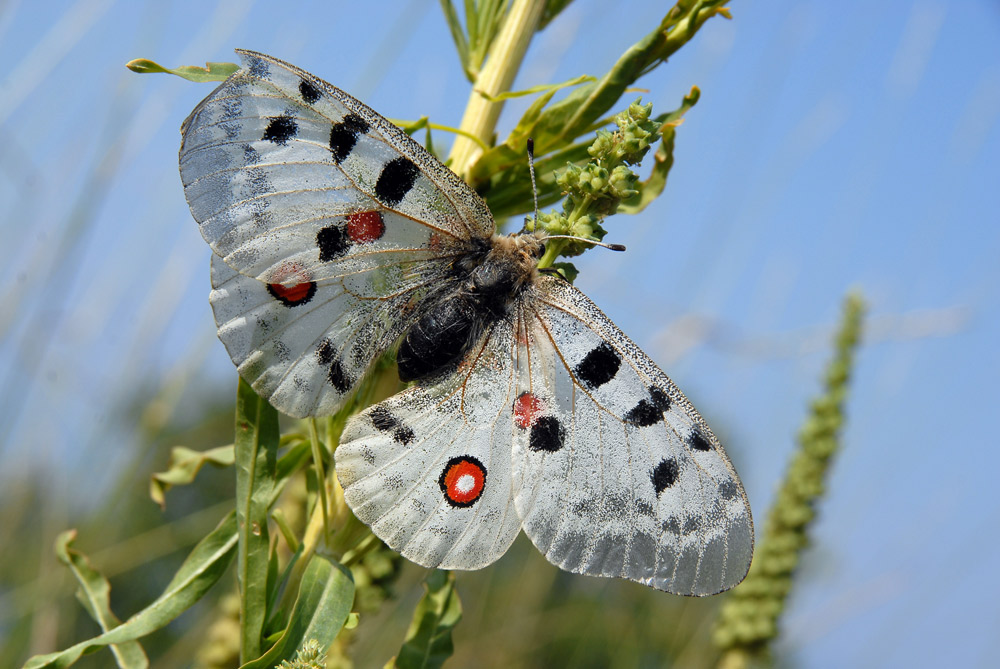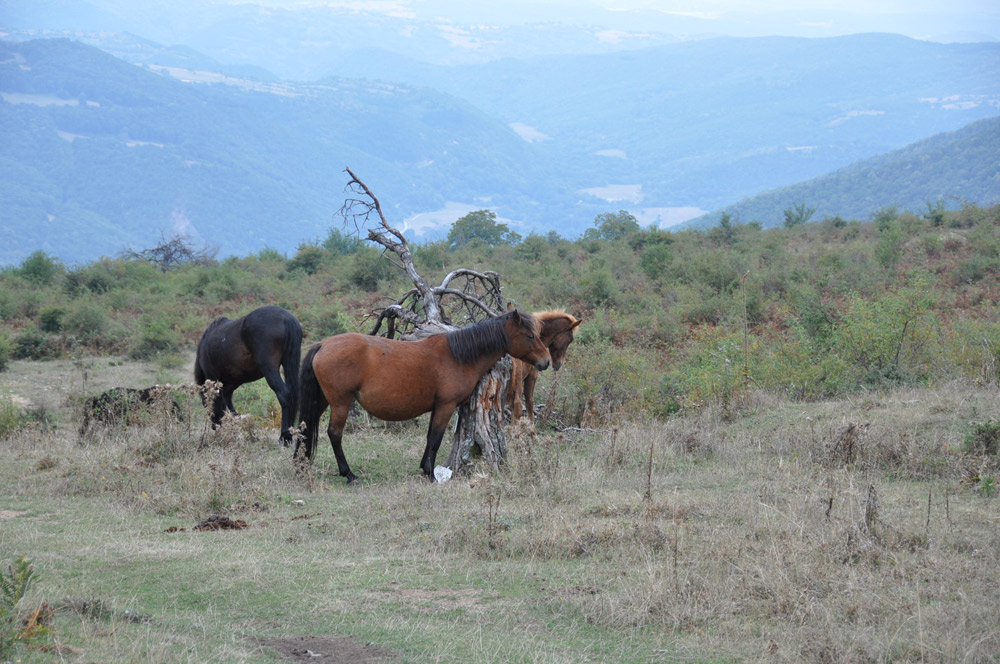Ecological Network
Backbone of Diversity

The European Green Belt serves as the backbone of a Pan-European ecological network crossing nearly all of the continent’s biogeographic regions.
Over the last few decades traditional land use activities, such as farming, forestry and logging have become more intensive and vast areas have been transformed into urban zones or cut up by an increasingly dense transport network. This is also the case in Europe – according to the European Commission recent statistics from the European Environment Agency even show that in a single decade around 5% of EU territory was covered with concrete or otherwise converted into artificial areas. As a consequence habitats are disappearing and barriers are preventing the natural freedom to disperse of European plant species and freedom to roam of Europe's wildlife.
The European Green Belt with its practically undisturbed areas of nature and traditionally cultivated landscapes can be seen as last stronghold of nature in the heavily fragmented landscape of Europe, playing an important role as an ecological network and as a central contribution to Green Infrastructure.
Large protected areas are considered core areas in the fabric of an ecological network. A further feature which supports the coherence of an ecological network is a high general permeability of the landscape. Conservationist and planners need to ask: Do the soils, plant covers, methods of land use enhance or hinder the dispersal, migration and movement of species? Elements such as hedgerows, extensively used agricultural areas, and strips along field margins increase diversity and thus the permeability of the landscape.
Protected areas along the European Green Belt

Thanks to the unique integration of a wide range of plant communities and habitat types, the European Green Belt sustains an extraordinary wealth of diversity. The outstanding importance of the European Green Belt is also reflected in the accumulation of protected areas along its course. Among these are national parks, nature reserves, Sites of Community Importance (SCI, Habitat Directive), Special Protected Areas (SPA, Bird Directive) and biosphere reserves.
Nevertheless, the outstanding ecological value of the European Green Belt cannot be defined simply by totalling up its conservation sites. The habitat network is embedded in a matrix of landscapes, i.e. landscapes that are subject to various uses and use pretensions and burdens. Due to the remoteness of most areas along the borders, the whole strip has remained nearly unbroken in terms of preserving Europe's natural heritage. Green Belt Europe thus represents an important contribution towards the realisation of international conservation area networks and multilateral environmental agreements such as:
- the EU’s Natura 2000 network and the Habitats Directive
- the Council of Europe’s PEEN/PEBLDS
- the Bern convention
- the Emerald network
- CBD (Convention on Biological Diversity)
In addition, the European Green Belt Initiative aims to harmonise protection efforts in transboundary protected areas, which are currently characterised by significant asymmetries in terms of protection status, and also to integrate human activities with the natural environment in protected as well as non-protected areas.
The European Green Belt: An EU-Level Green Infrastructure Project

As part of its post-2010 biodiversity policy, the European Commission has been developing a strategy for an EU-wide Green Infrastructure (GI). In May 2013, the Commission published a Communication on Green Infrastructure in which it defined the European Green Belt Initiative as an EU-level GI-project.
What is "Green Infrastructure"?
Europe is a relatively densely populated continent. Much of the land is intensively used, meaning that the European landscape has faced more habitat loss and fragmentation than in other regions in the world. The idea of "Green Infrastructure" (GI) is to reconnect existing nature areas and improve the overall ecological quality of the broader countryside and urban areas while continuing to deliver valuable services to society (fresh water, clean air, healthy soil etc.). The aim of GI is to be a network of high-quality green and blue spaces and other environmental features - a multifunctional resource capable of delivering a wide range of environmental and quality-of-life benefits (ecosystem services) for people and nature. This includes natural and semi-natural areas, features and green spaces – anything from large wilderness areas to green rooftops – in rural and urban, terrestrial, freshwater, coastal and marine areas. GI can provide many social, economic and environmental benefits, including:
- Space and habitat for wildlife, with access to nature for people
- Places for outdoor relaxation
- Climate-change adaptation - for example, flood alleviation and the cooling of urban heat islands
- Environmental education
- Local food production
- Improved health and well-being
GI serves the interests of both people and nature. It addresses the spatial structure of natural and semi-natural areas and of other environmental features that provide people with multiple beneficial services.
